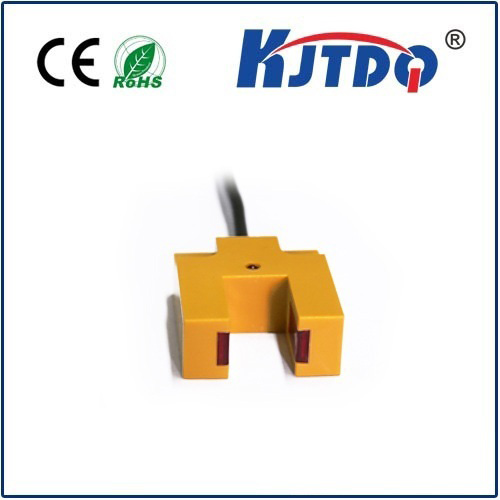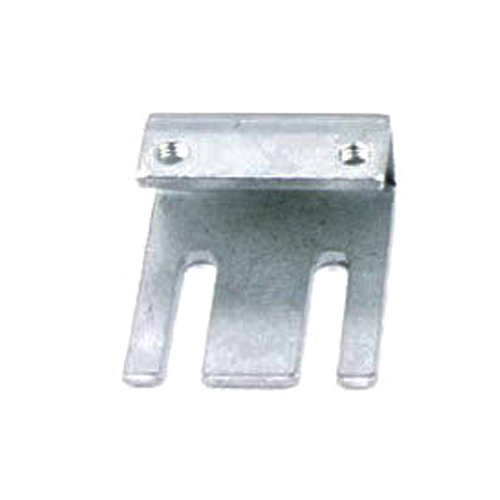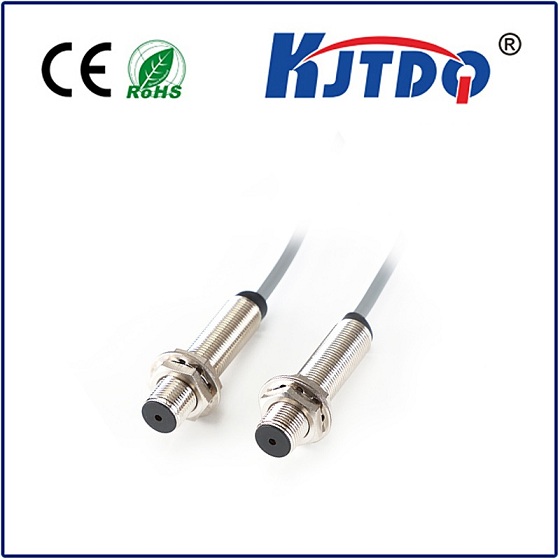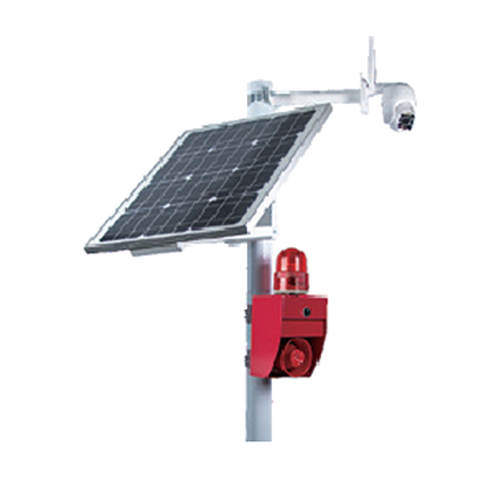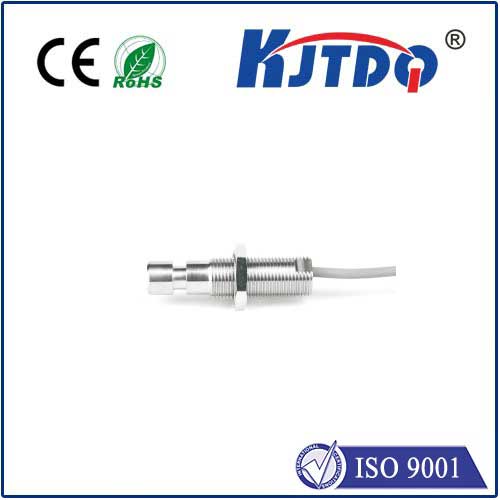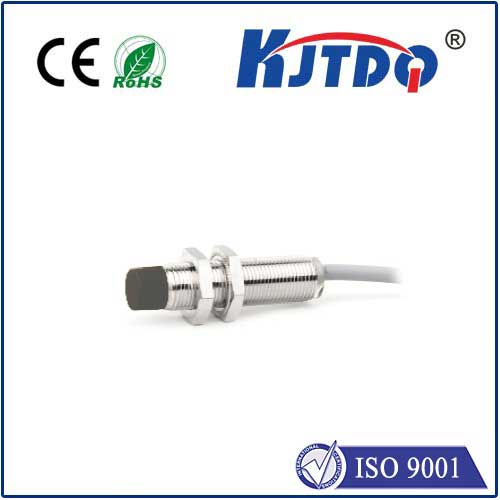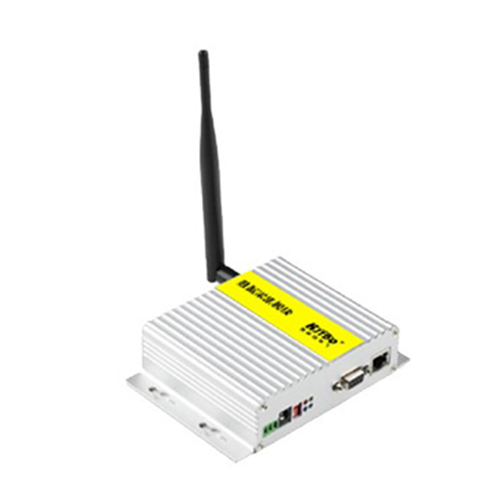mechanical valve limit switch
- time:2025-09-12 03:21:05
- Click:0
The Essential Guide to Mechanical Valve Limit Switches: Ensuring Precision and Safety in Automation
Ever wonder what silently confirms your industrial valves are perfectly positioned, safeguarding processes and preventing costly errors? Look no further than the unassuming yet vital mechanical valve limit switch. In the intricate world of industrial automation, where valves control the lifeblood of fluids and gases, knowing their exact position isn’t just convenient – it’s critical for safety, efficiency, and process integrity. This is where the robust and reliable mechanical valve limit switch steps into the spotlight, offering a tangible solution for valve position feedback.
Unlike purely electronic sensors, a mechanical valve limit switch operates on a fundamentally physical principle. It’s typically mounted directly onto the valve’s actuator – be it a rotary lever for quarter-turn valves (like ball or butterfly valves) or the stem of linear valves (like gate or globe valves). As the valve moves through its operating cycle (open to closed, or vice versa), a cam or target attached to the moving part physically interacts with the switch’s actuator arm or plunger. This direct mechanical contact is the core of its operation. When the valve reaches a predefined position (typically fully open or fully closed), the cam pushes the switch’s actuator, triggering an internal mechanism.

Inside the sturdy enclosure of the limit switch, this physical movement translates into an electrical signal change. The actuator arm depresses a spring-loaded mechanism within the switch body. This action either opens or closes electrical contacts – making or breaking a circuit – depending on the specific switch design (normally open or normally closed configurations are common). This change in the electrical state is the crucial output signal. It’s relayed back to the control system (like a PLC - Programmable Logic Controller), providing definitive confirmation: “Valve Open” or “Valve Closed.”
Why choose a mechanical valve limit switch over electronic alternatives? The answer lies in its distinct advantages:
- Robustness and Reliability: Engineered for harsh environments, these switches boast rugged construction, often with high IP (Ingress Protection) ratings. They resist dust, moisture, vibration, extreme temperatures, and corrosive atmospheres that might compromise more delicate electronic sensors. Their simple electromechanical design generally translates to long service life and dependable operation.
- Positive Position Indication: The direct physical contact provides a definitive “hard stop” confirmation. The switch only actuates when the valve physically reaches the limit position, offering unambiguous feedback. This is vital for safety-critical applications where knowing the valve is absolutely open or closed is non-negotiable.
- Simplicity and Cost-Effectiveness: The straightforward design principle makes mechanical limit switches inherently simple to understand, install, and troubleshoot. This simplicity often translates to lower initial cost compared to sophisticated non-contact sensors and potentially lower lifetime maintenance costs.
- Ease of Adjustment: Most mechanical valve limit switches feature adjustable cams or mounting positions. This allows field technicians to fine-tune the exact point at which the switch actuates relative to the valve’s position, ensuring precise signaling without needing major valve disassembly.
- Clear Visual Indication: Many designs incorporate a visually clear indicator flag or lever that moves with the switch actuator. This provides an immediate, at-a-glance verification of the valve’s position right at the source, invaluable for maintenance and manual override situations.
The applications for mechanical valve limit switches are vast, spanning industries where valve position confirmation is paramount:
- Process Industries (Chemical, Petrochemical, Oil & Gas): Monitoring critical isolation valves, emergency shutdown (ESD) valves, and control valves to ensure process safety sequences execute correctly.
- Water and Wastewater Treatment: Confirming valve positions for flow control, diversion, and isolation in pumps, filters, and treatment basins.
- Power Generation: Providing essential feedback on boiler feed valves, cooling water valves, and turbine bypass valves within power plants.
- Manufacturing & HVAC: Controlling fluid flows in automated machinery and ensuring proper operation of heating and cooling systems.
- Marine Applications: Monitoring valves for ballast systems, fuel lines, and cargo handling aboard ships.
Key design features to consider when selecting a mechanical valve limit switch include:
- Enclosure Rating (IP/NEMA): Essential for suitability in wet, dusty, or explosive (requiring hazardous area certifications like ATEX, IECEx) environments.
- Electrical Ratings: Compatibility with control system voltage and current requirements (e.g., 24VDC, 120VAC, contact ratings for switching inductive loads).
- Actuator Type: Rotary lever, side roller plunger, top plunger – chosen based on the valve’s motion and available mounting space/cam profile.
- Contact Configuration (SPDT, DPDT, etc.): Determines the number of circuits controlled (single or double throw) and the available signal combinations.
- Adjustability: The range and ease of adjusting the actuation point.
- Material Construction: Stainless steel bodies and actuators are common for corrosion resistance; internal contacts need to be durable for the expected switching cycles.
In essence, the mechanical valve limit switch remains a cornerstone technology in industrial automation. Its core strength is delivering unequivocal, physically verified position feedback through a robust, dependable, and cost-effective mechanism. While modern proximity sensors and smart positioners offer advanced diagnostics, for pure, unambiguous open/closed confirmation in demanding conditions, the tactile certainty provided by the mechanical switch is often the preferred, or even mandated, choice. It silently fulfills its duty cycle after cycle, ensuring valves are precisely where they need to be, safeguarding processes, personnel, and equipment one definitive “click” at a time.






